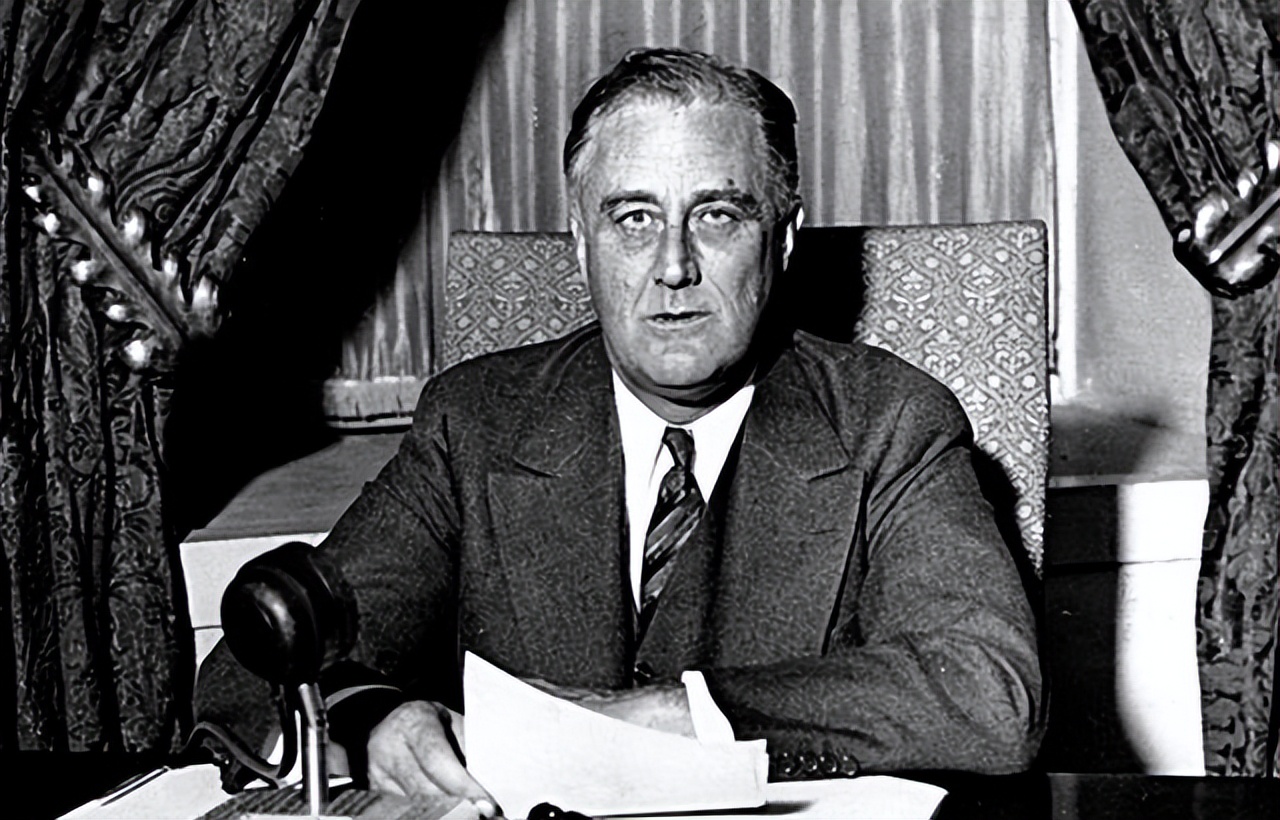Prior to May 30, 1942, Fred Isson was arrested in San Leandro, California, under President Franklin D. Roosevelt's controversial first Executive Order No. 9066, which called for the imprisonment of nearly all Japanese-Americans in the United States after the Japanese attack on Pearl Harbor.

On February 19, 1942, President Franklin D. Roosevelt signed Executive Order 9066, which initiated a controversial World War II policy that had lasting effects on Japanese-Americans. The document ordered the forcible expulsion of residents "enemy aliens" from parts of the west that were vaguely identified as military zones.
After the Japanese bombed Pearl Harbor in 1941, Roosevelt came under increasing pressure from military and political advisers to address U.S. concerns about further Japanese attacks or sabotage, particularly on the West Coast, where naval ports, commercial shipping and agriculture were most vulnerable. The prohibited military zones mentioned in the order include west coast cities, ports, and ill-defined areas around industrial and agricultural areas. While 9066 also affected Italians and German-Americans, the largest number of detainees to date was japanese-American.
On the West Coast, long-standing racism against Japanese-Americans, motivated in part by jealousy of their commercial success, demanded that they collectively move them to relocation centers during the war after pearl harbor.
Japanese immigrants and their descendants, regardless of U.S. citizenship or length of residence, are systematically rounded up and placed in prison. The evacuees, sometimes referred to as they were, could only take as much property as they could carry and were forcibly housed in rough, cramped quarters. In the western states, camps in remote and barren areas such as Manzanar and Lake Tule house thousands of families whose lives were interrupted by Executive Order No. 9066 and in some cases even destroyed. As a result, many have lost businesses, farms and loved ones.
After being convicted and imprisoned at a camp in Utah, The then 23-year-old was sued in federal court. His case eventually ended with the U.S. Supreme Court, which upheld the administration's assertion in 1944 that incarceration was a matter of "military urgency."
In 1983, however, a federal judge overturned Isson's conviction for evading detention, ruling that he had made a "grave mistake." In 1988, President Ronald Reagan publicly apologized on behalf of the government and authorized compensation for former Japanese-American detainees or their descendants.
Scholars and judges denounced the Supreme Court's decision as one of the worst in the court's history.
In 2011, a lawyer representing the United States — the federal government's supreme court lawyer — ruled that an ex had deliberately withheld from the court a report from the Office of Naval Intelligence that concluded that Japanese-Americans did not pose a military threat. In trump v. Hawaii in 2018, the Supreme Court effectively overturned Isson's decision, calling it "a serious mistake on the day of the decision."
In 1998, President Bill Clinton awarded staunch civil rights advocates the Order of Freedom, the highest civilian honor in the United States. He died in 2005 at the age of 86.
On January 30, 2011, California celebrated the first "Fred Isson Day," the first day named after Asian Americans.